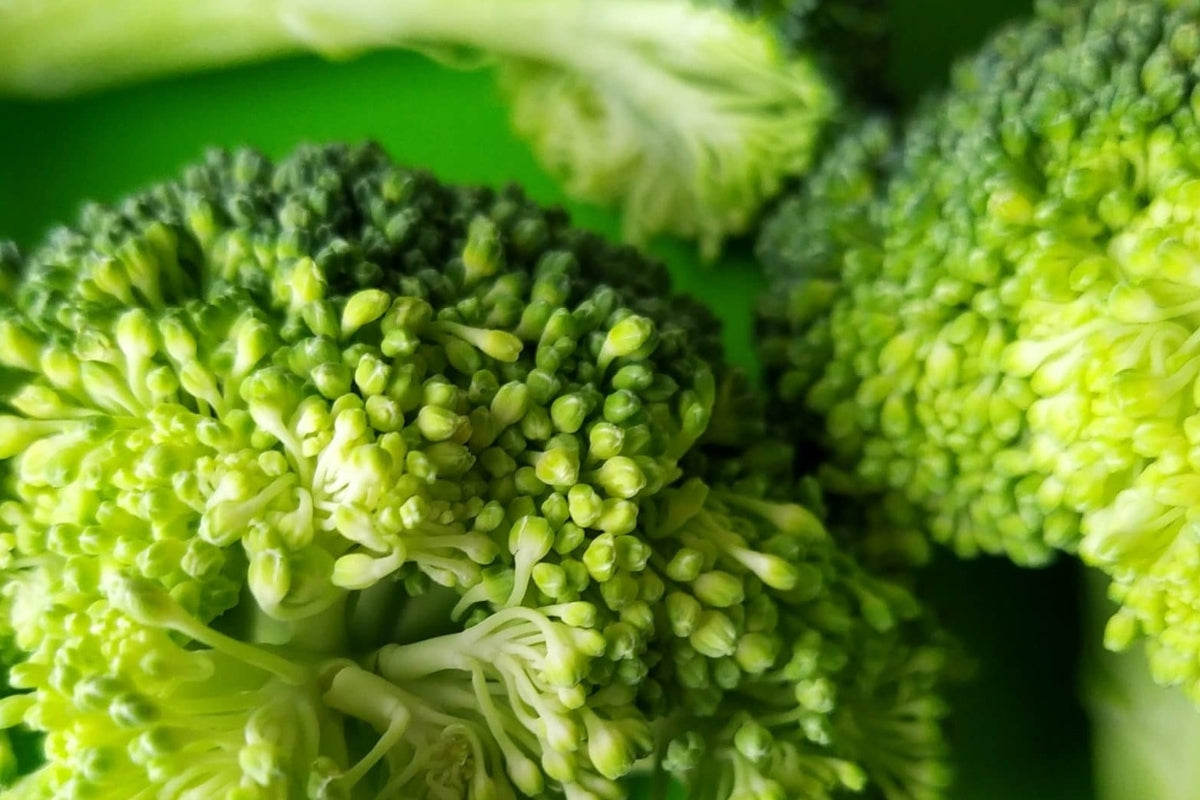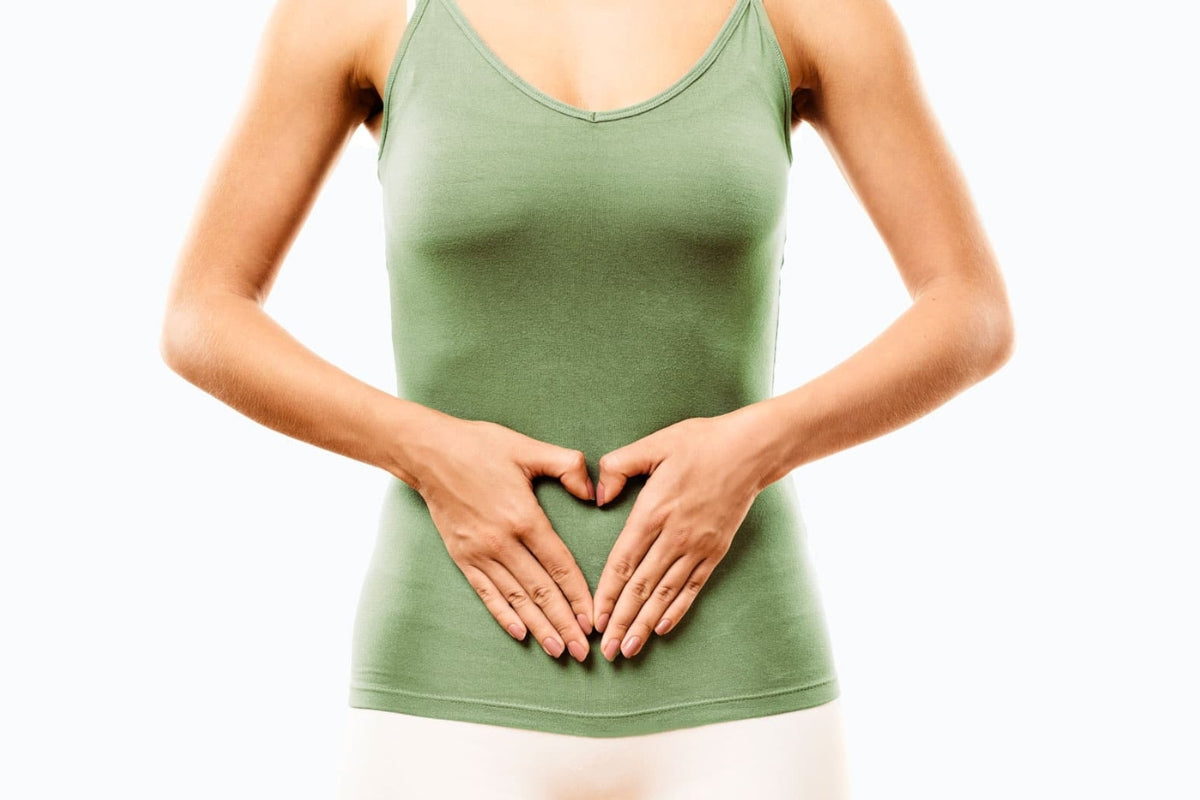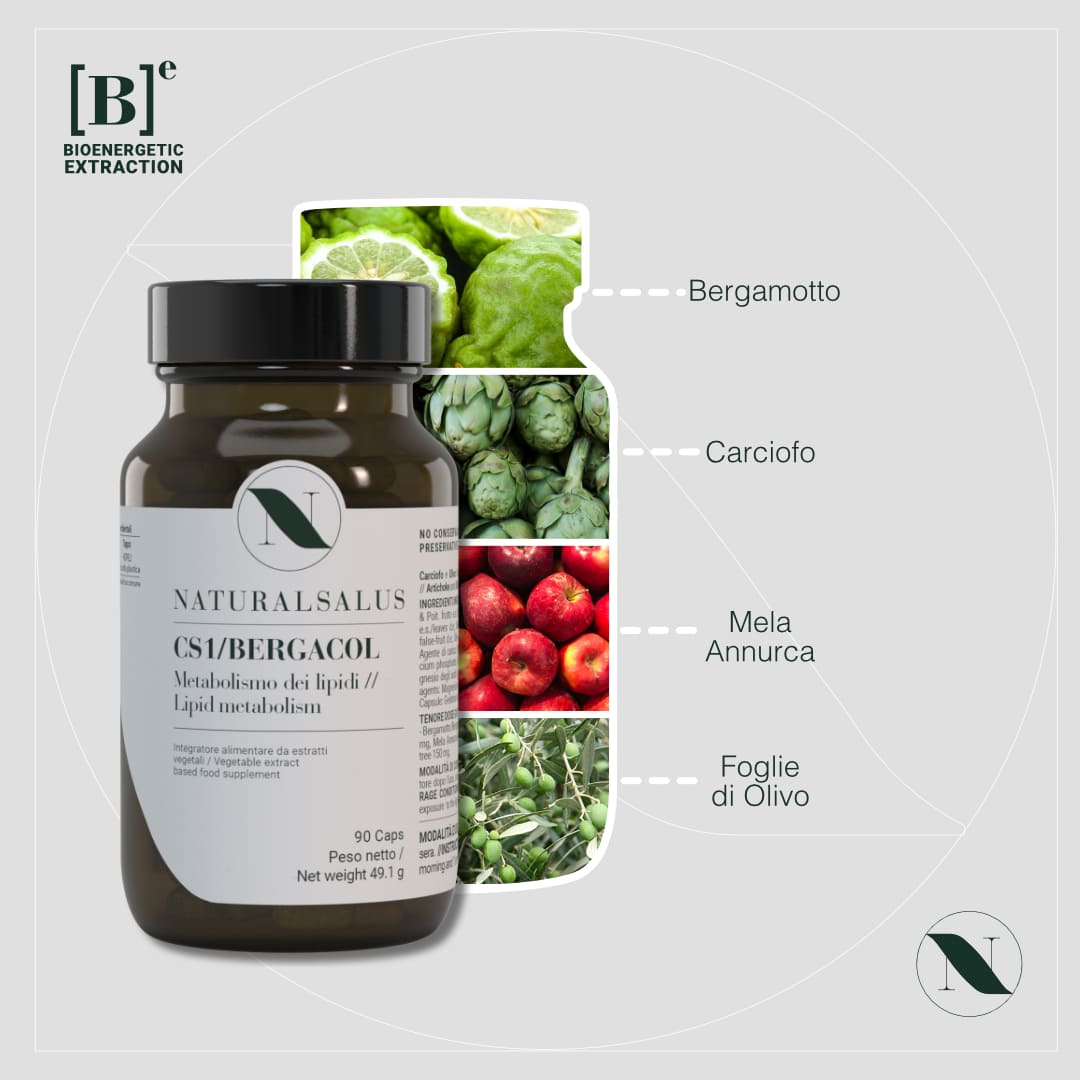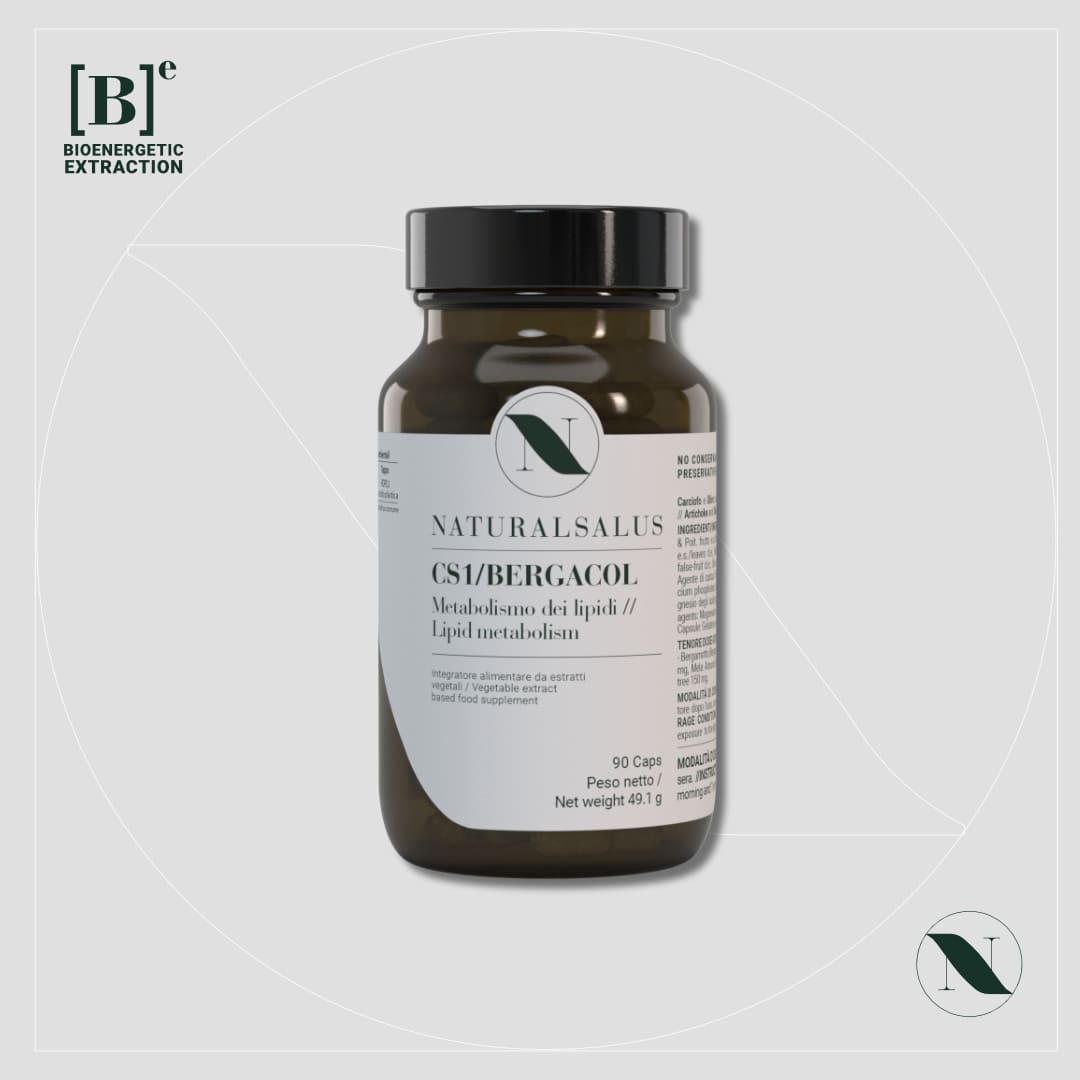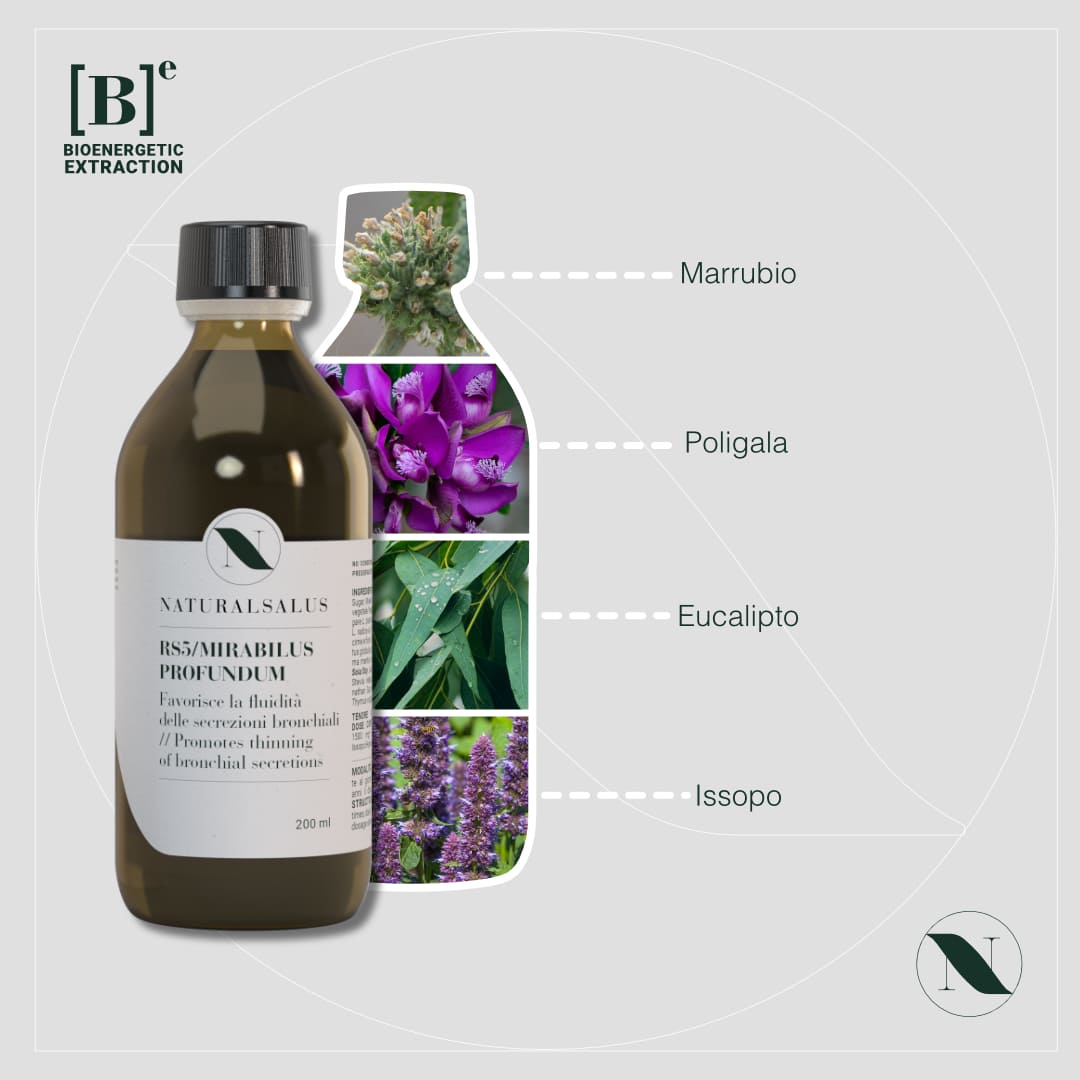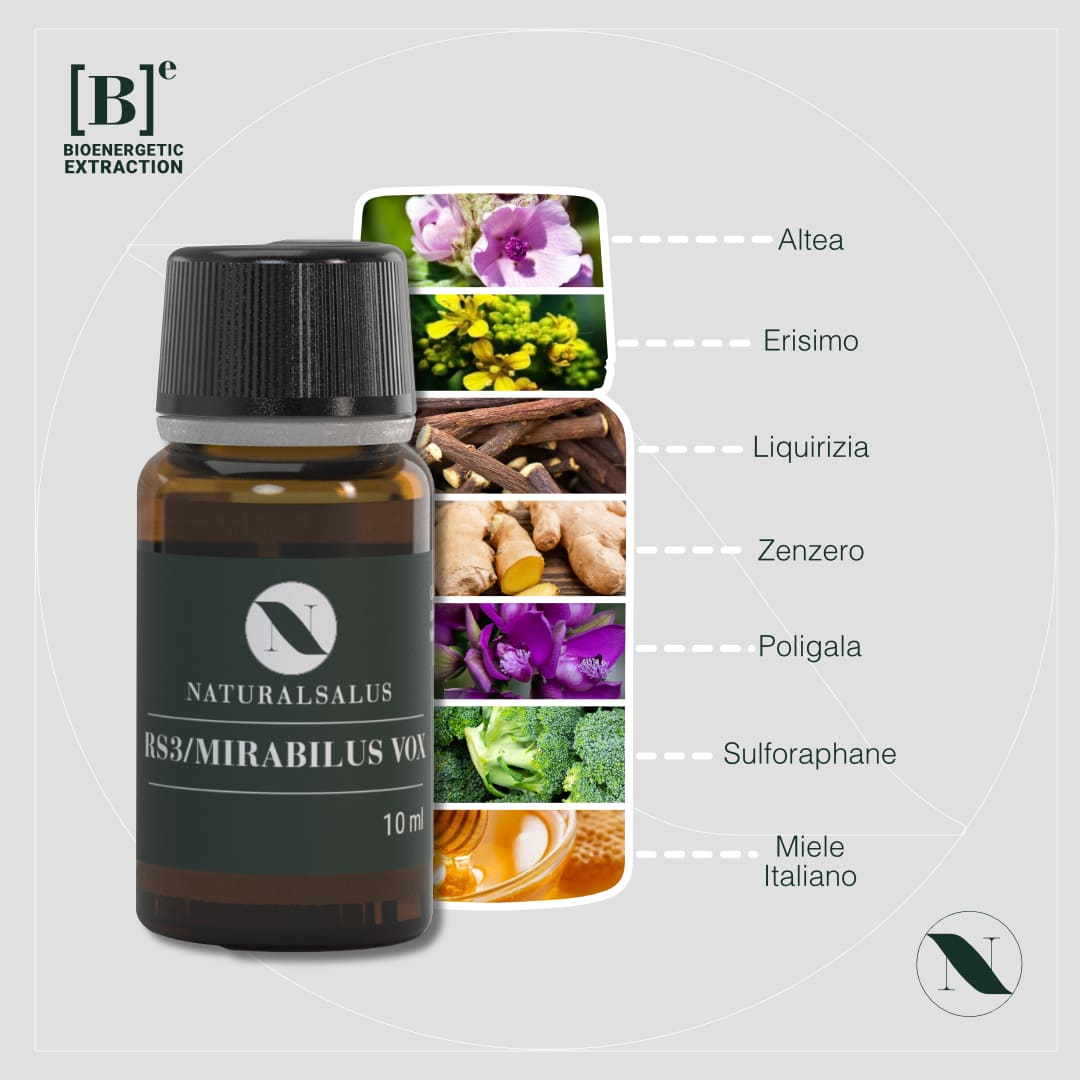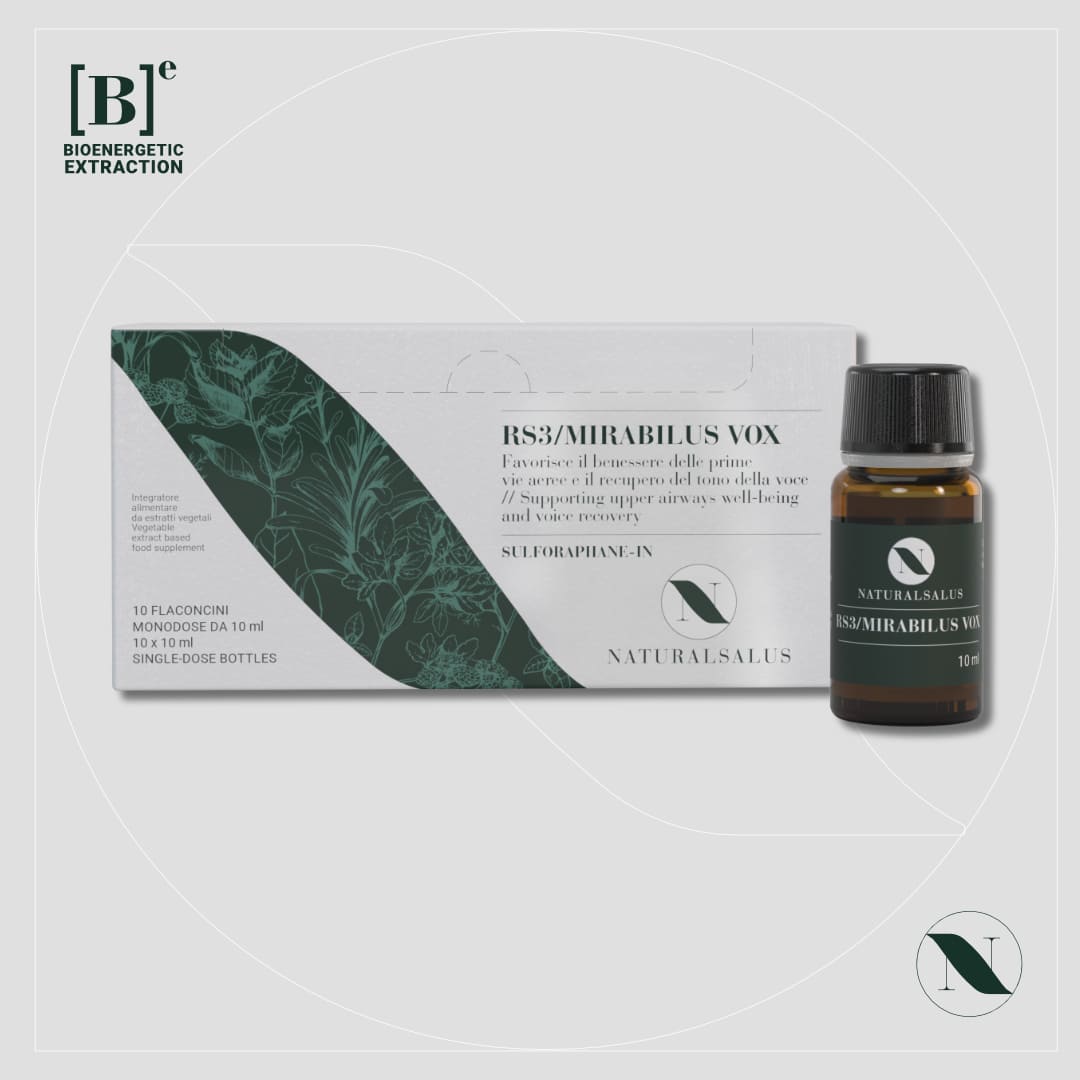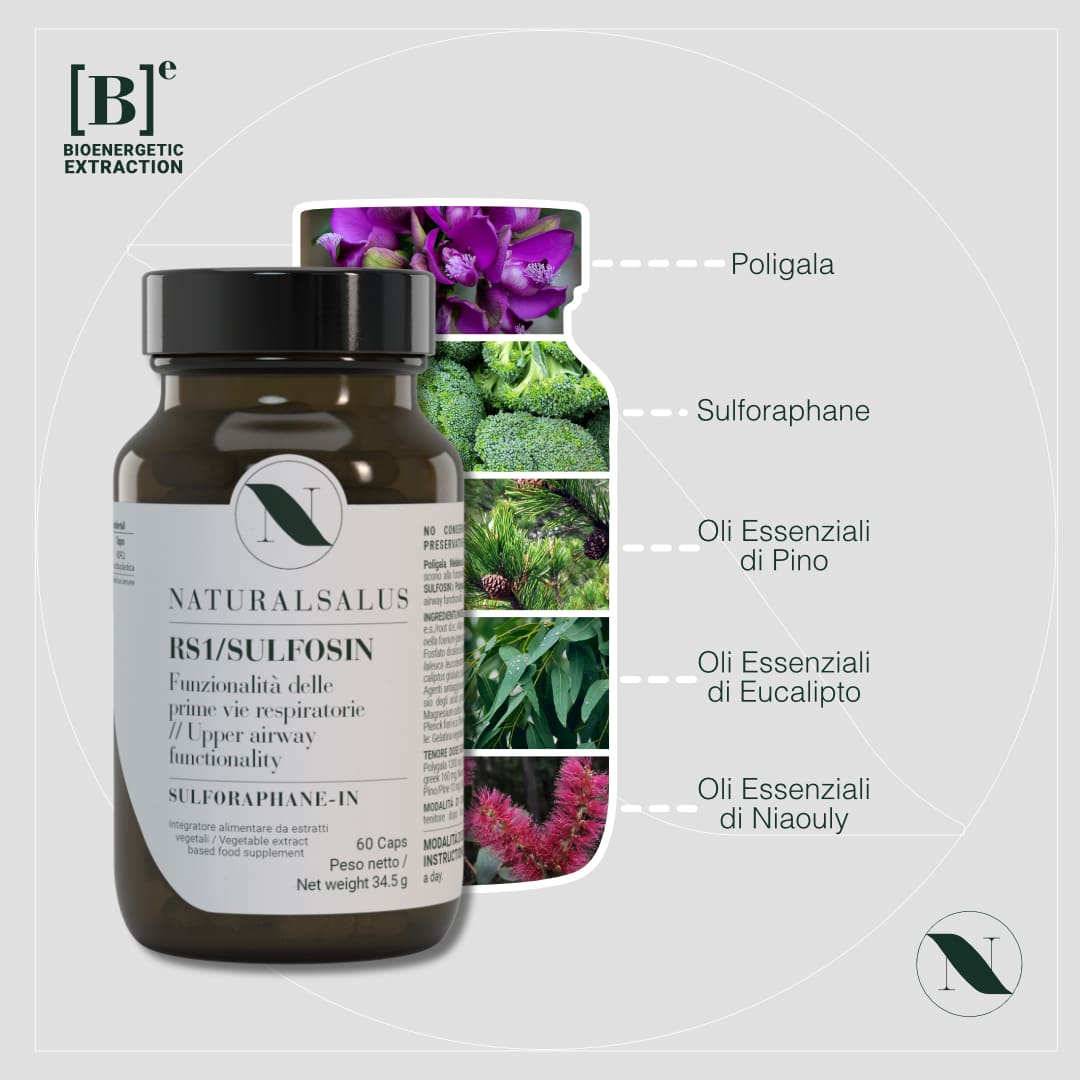Sulforaphane contributes to health and well-being. is extracted from the seeds and sprouts of the broccoli which contain it in high quantities
What is Sulforaphane?
Sulforaphane is a molecule that was first extracted and isolated from broccoli, particularly its seeds and sprouts which contain the highest concentrations. This molecule is also present in various concentrations in other plants belonging to the so-called crucifer family, including cabbage, savoy cabbage, and Brussels sprouts (Houghton, 2019; Yagishita et al., 2019).
Essentially, Sulforaphane is a small, oil-soluble molecule that naturally derives from glucoraphanin (Houghton, 2019; Jabbarzadeh Kaboli et al., 2020). Its small size and chemical characteristics make it easy for human body cells to absorb, performing various activities that contribute to health and well-being (Houghton, 2019).
Sulforaphane: one of the most effective natural antioxidants.
Sulforaphane is one of the most effective antioxidants, providing protective action against free radicals within the cell once it has crossed the cell membrane. This action involves the activation of various enzymes, including the so-called phase 2 antioxidant enzymes, which help to counteract free radicals, keeping cells and the entire organism healthy. Consequently, this mechanism makes Sulforaphane one of the most effective natural antioxidants. (Yagishita et al., 2019; Jabbarzadeh Kaboli et al., 2020).
'Sulforaphane to slow the onset of many diseases.'
Various studies have shown the effectiveness of Sulforaphane in slowing the onset of chronic diseases. Among the cellular mechanisms activated by Sulforaphane, the most studied in contemporary scientific literature is the Nrf2 pathway, as it plays an important role in regulating the expression of various genes and in the activation of cellular inflammatory agents (Tortorella et al., 2015; Jiang et al., 2018; Yagishita et al., 2019). This regulatory action of cellular inflammation by Sulforaphane explains the beneficial effect of the molecule in the prevention of chronic diseases, given that many of these are caused by abnormal reactions from inflammatory agents and the immune system (Yagishita et al., 2019).
Moreover, epidemiological studies demonstrate its effectiveness in the prevention of chronic diseases and various types of cancer. In fact, populations that regularly consume broccoli, cabbage, and other plants containing Sulforaphane have a reduced risk of developing breast, lung, and intestinal cancer (Tortorella et al., 2015).
Sulforaphane has a beneficial effect in many diseases.
It has been discovered that Sulforaphane has a beneficial effect in cases of arthritis and metabolic syndrome, as well as a significant, albeit mild, effect in cases of asthma and allergic reactions (Yagishita et al., 2019). Following further studies, a protective action of Sulforaphane towards neuronal cells has also been confirmed, occurring through its antioxidant activity, thus reducing the presence of free radicals. According to this process, the risk of the formation of protein aggregates, waste proteins that the cell cannot eliminate and that are the basis for the development of Alzheimer's disease, is also reduced (Klomparens and Ding, 2019).
The anti-aging effect of Sulforaphane.
Aging is a gradual process of cellular damage that alters the physiology and functionality of cells. It is primarily a defense mechanism that prevents affected cells from proliferating or participating in various physiological processes. A cell that has undergone this process is called senescent (Carlos López-Otín et al., 2013).
'Although this mechanism is important for the overall health of the body, over time and with the increase in cellular damage, senescent cells, due to their altered activity, cause various disorders that manifest both at a pathological level and at an aesthetic level.'
There are several factors that cause cellular aging. Among the most studied factors, we find oxidative stress. As we have seen previously, Sulforaphane counteracts oxidative stress by activating phase two antioxidant enzymes (Yagishita et al., 2019; Jabbarzadeh Kaboli et al., 2020). In this way, Sulforaphane not only prevents cellular damage but also slows down the onset of disorders and aesthetic conditions associated with aging. Another significant risk factor that causes premature aging is environmental factors such as UV rays, smog, and smoke to which we are regularly exposed. Clearly, the organ most affected by these factors is primarily our skin. In particular, UV rays simultaneously cause various damages to the skin; they not only produce free radicals but also further activate various enzymes associated with the development of premature aging. Some of these enzymes are part of the so-called metalloproteinase family, and their activation leads to the gradual degradation of collagen. Other enzymes activated by UV rays, on the other hand, cause inflammation and consequently redness of the skin.
The treatment with Sulforaphane has proven effective in protecting the skin from UV rays and thus reducing the risk of redness, inflammation, and tissue degradation, thereby demonstrating its anti-aging activity (Anyamanee Chaiprasongsuk et al., 2017; Paul Talalay et al., 2017).
"Sulforaphane also has antibiotic and bacteriostatic actions."
In addition, Sulforaphane also has antibiotic and bacteriostatic actions, thus counteracting the growth of bacteria (Fahey et al., 2002; Marrazzo, Angeloni and Hrelia, 2019). Several studies have been conducted to observe the effect of Sulforaphane on the activity of a particular bacterium called Helicobacter pylori, known for the damage it causes to the gastric mucosa leading to gastritis and gastric ulcers. Finally, the results of these studies show that this molecule inhibits its proliferation, preventing it from reproducing and consequently, protects the gastric mucosa against the bacterium, thus preventing the formation of ulcers (Fahey et al., 2002).


